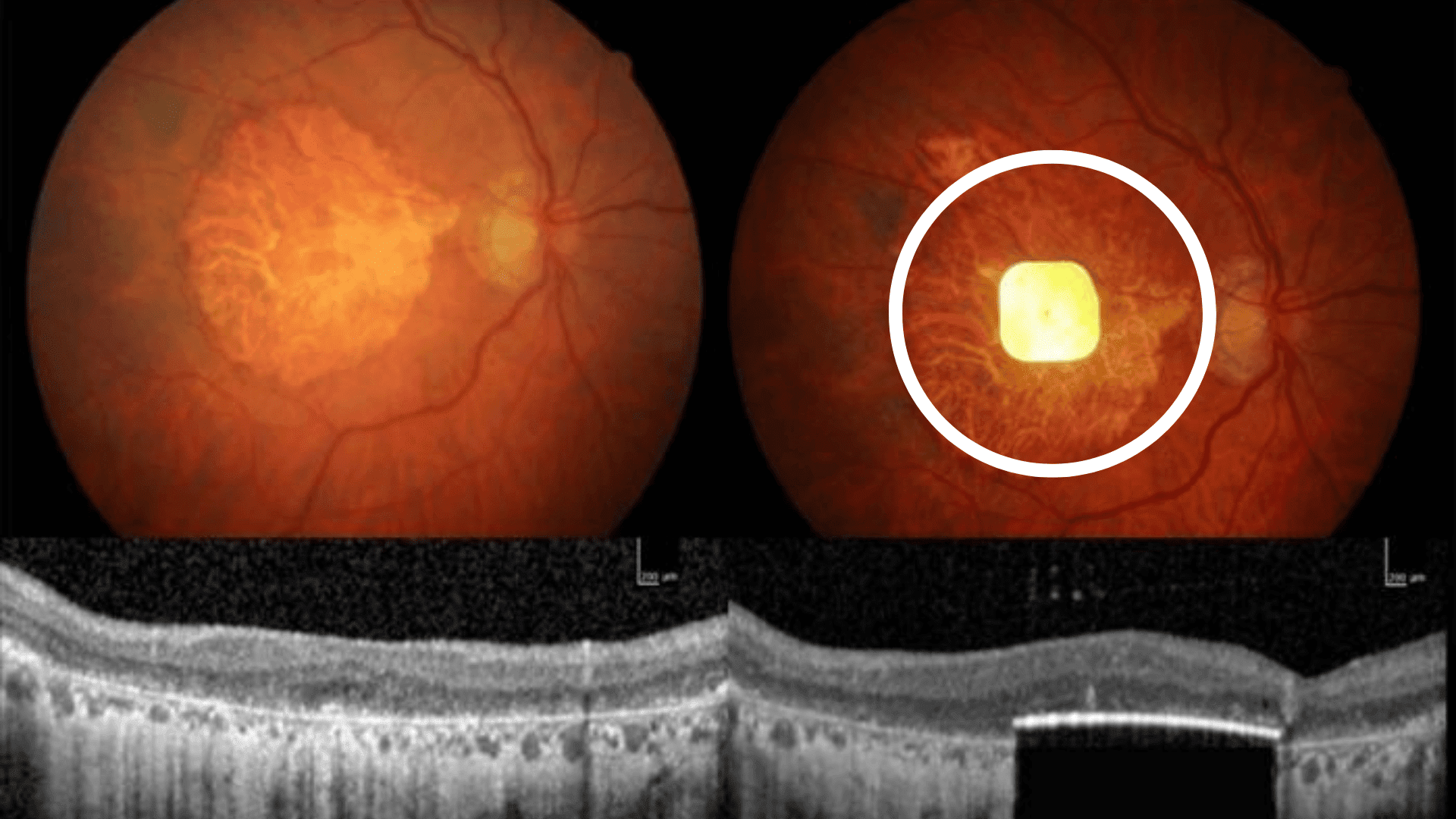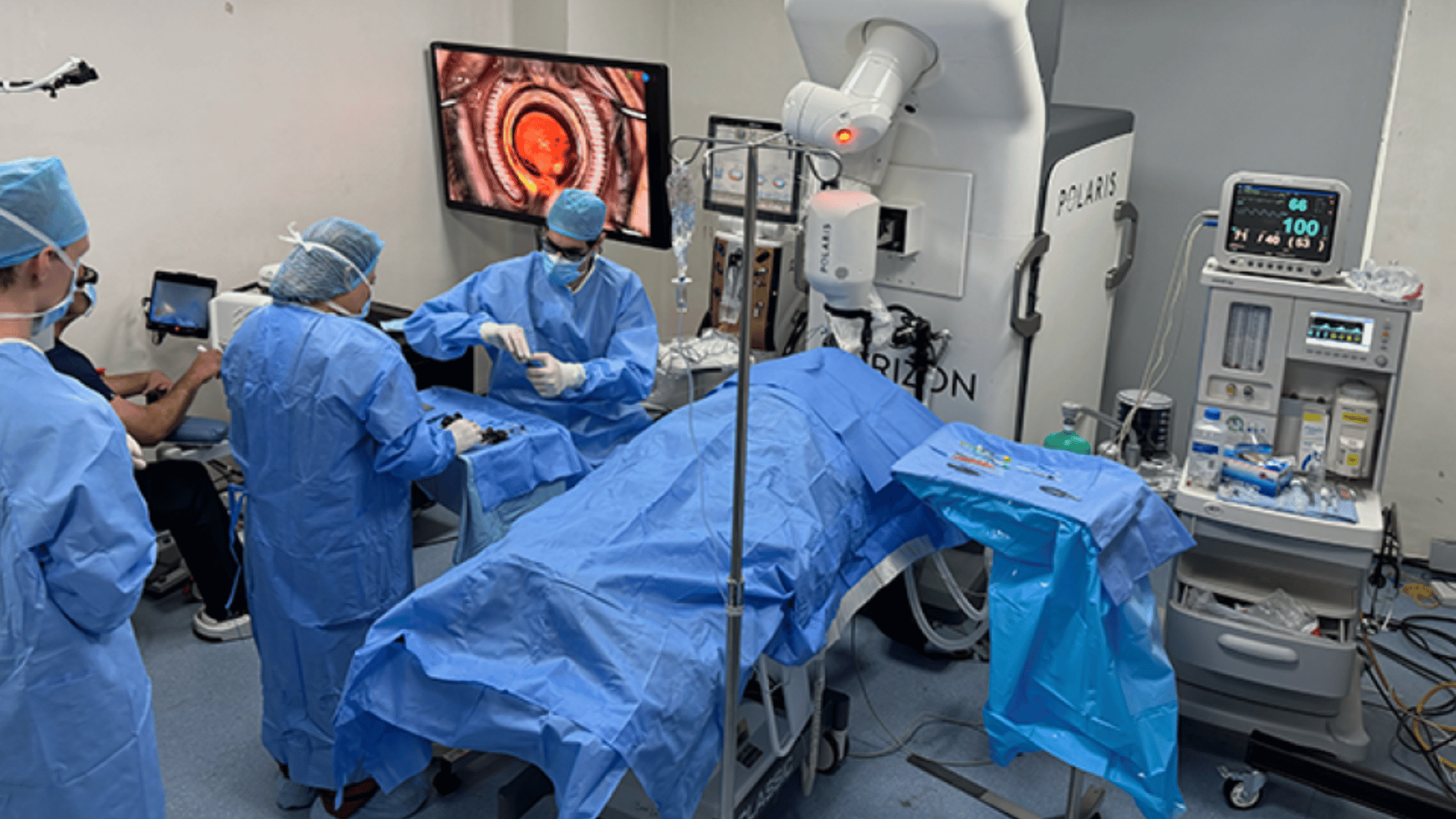A novel device combining an electronic eye implant with augmented-reality glasses successfully restored reading vision in patients with severe sight loss. In a clinical trial, 84% of the 38 participants reported the ability to read letters, numbers, and words using the prosthetic vision.
Researchers from UCL (University College London) and Moorfields Eye Hospital are optimistic that their pioneering vision device could offer immense hope for the estimated five million people globally suffering from geographic atrophy (GA). GA is an untreatable, progressive form of dry age-related macular degeneration. In the clinical trial, participants used the PRIMA device through an eye that had lost its central sight due to GA.
A Major Leap in Artificial Vision

PRIMA is a piece of micro-technology designed to bypass damaged cells in the eye. The device is essentially a tiny, wireless chip that works like a miniature solar panel. In addition, it’s thinner than a piece of hair, only 30 microns (0.02 mm).
According to the researchers, the chip is surgically implanted into the area of the eye where the light-sensing cells have died off from GA. It’s paired with specialized glasses and a small computer worn on the waist. The glasses contain a tiny camera that captures images, such as words or faces. Then, the glasses project a beam of near-infrared light to the chip inside the eye. It absorbs light like a solar panel to generate an electrical signal. Finally, this electrical signal is then sent to the healthy nerve cells in the retina and optic nerve.
Additionally, the glasses include a zoom feature to magnify words to make them easier to read. Importantly, the implant is only active when the glasses and computer are turned on.
“In the history of artificial vision, this represents a new era,” said Mahi Muqit, an associate professor at the UCL Institute of Ophthalmology. “Blind patients are actually able to have meaningful central vision restoration, which has never been done before.”
Moreover, the researchers stressed that the post-operative rehab program is crucial. They emphasized that patients must learn to interpret signals from the device. Additionally, they observed no significant decline in existing peripheral vision. Researchers now seek market approval for the PRIMA device and hope to open a door to treating multiple eye conditions.







